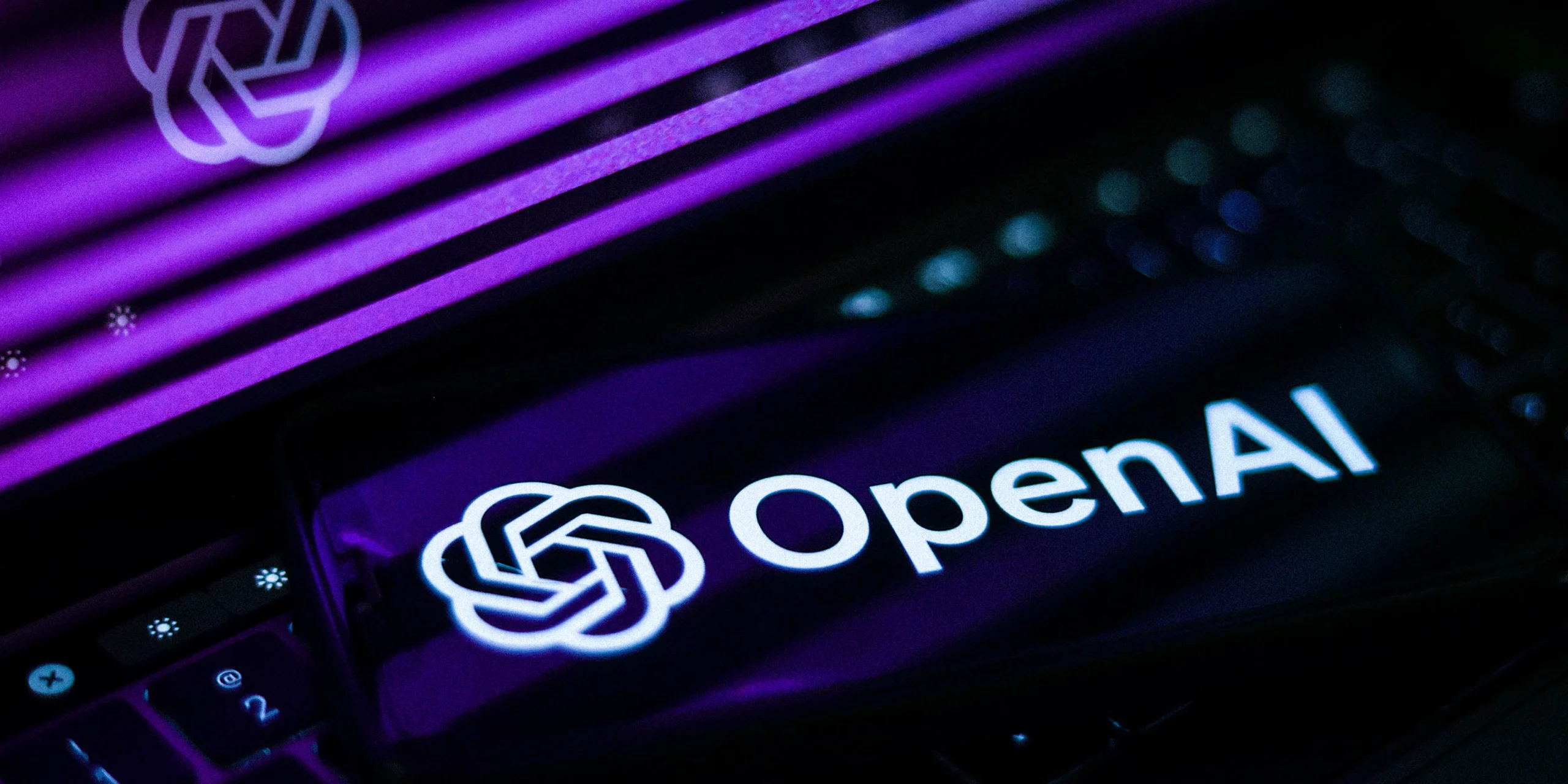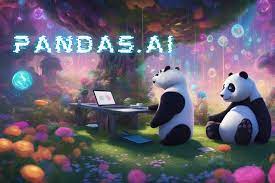Introduction:
The trajectory of Artificial Intelligence (AI) has been nothing short of transformative, and within this evolution, Generative AI (GenAI) is emerging as a game-changer. In this exploration, we delve into the intricate world of Generative AI Libraries, spotlighting five groundbreaking tools poised to redefine AI capabilities in 2024. From OpenAI’s adaptable API to TensorFlow’s seamless production transition, this journey unravels the forefront of GenAI innovation.
What are Generative AI Libraries?
Generative AI Libraries form the backbone of Generative Artificial Intelligence, providing repositories of pre-trained models and algorithms. Generative AI Libraries serve as foundational repositories for Generative Artificial Intelligence, offering pre-trained models and algorithms.
These libraries empower developers to harness the creative potential of AI without starting from scratch. By providing learned patterns and data, Generative AI Libraries enable the generation of diverse outputs, including text, music, and visuals. Additionally,they democratize access to advanced AI capabilities, making it easier for developers and businesses to integrate generative AI into various applications, fostering innovation and efficiency across diverse industries.
Join TechoVedas Community here
Top 5 Generative AI Libraries to Use in 2024
1. Open AI:
OpenAI’s API represents a paradigm shift in Generative AI. Its “text in, text out” interface is not only versatile but also exhibits a remarkable understanding of English language tasks. 
One of its key strengths lies in its adaptability, allowing professionals to seamlessly integrate it into diverse projects. Additionally, the API excels in minimal example tasks, promoting a smoother workflow and enabling practitioners to focus on creative outputs rather than grappling with complex system issues.
OpenAI’s commitment to simplicity, coupled with continuous technological upgrades, underscores its dedication to staying at the forefront of machine learning advancements.
2. PandasAI:
PandasAI, a revolutionary addition to the data analysis landscape, builds upon the widely adopted Pandas library. Additionally,the integration of Generative AI capabilities into PandasAI transforms the traditional landscape of data preprocessing and analysis.
Its standout feature lies in its ability to convert complex coding processes into a natural language interface. Additionally, Data scientists can now query datasets through simple conversations, eliminating the need for extensive coding knowledge.
This innovation significantly expedites the preprocessing and analysis phases, marking a departure from traditional coding practices.
Additionally,PandasAI not only streamlines daily tasks but also introduces a more inclusive and efficient data analysis process in the realm of Generative AI.
Read More: Top 5 Generative AI Frameworks of 2024 – techovedas
3. HuggingFace Transformers:
HuggingFace Transformers stands out as a transformative toolset for GenAI professionals. Additionally,Offering immediate access to over 20,000 pre-trained models based on the state-of-the-art transformer architecture, this library democratizes Natural Language Processing (NLP).
GenAI practitioners, including Data Scientists, AI practitioners, and Engineers, benefit from a vast model repository catering to diverse tasks such as text classification, information extraction, question answering, generation, translation, speech recognition, and reinforcement learning transformers. 
With support for over 100 languages, HuggingFace Transformers empowers professionals to navigate linguistic landscapes effortlessly. Its compatibility with nearly 31 libraries, including PyTorch, TensorFlow, Jax, ONNX, Fastai, and Stable-Baseline 3, ensures seamless integration into existing workflows.
HuggingFace Transformers prioritizes accessibility with nearly 2000 datasets, enhancing the toolkit for Generative AI experimentation. It stands out as a valuable companion for GenAI professionals, providing a broad range of pre-trained models and a collaborative platform for exploration and innovation in NLP.
Read More: Explained : What the hell is Generative AI? – techovedas
4. PyTorch:
PyTorch, a deep learning powerhouse, stands as a pivotal asset for GenAI professionals. Its optimized tensor capabilities tailored for both GPUs and CPUs make it a versatile toolkit for day-to-day tasks and the deployment of large-scale generative AI models. Additionally, developed by the Facebook AI Research team, PyTorch’s open-source nature and Python foundation contribute to its popularity within the AI research community.
Beyond foundational use, PyTorch becomes especially invaluable in the deployment phase, as exemplified by its role in deploying models like Stable Diffusion for generative AI tasks. 
Its smooth interaction with Google Cloud services, as seen in the deployment of a PyTorch Stable Diffusion model on Vertex AI, showcases its effectiveness in simplifying and expediting the production deployment of large-scale generative AI models.
PyTorch emerges not only as a useful research tool but also as a helpful companion for GenAI experts navigating the complexities of deep learning and AI deployment in their daily work.
5. TensorFlow:
TensorFlow stands as a linchpin for GenAI professionals, offering a myriad of features that streamline day-to-day work and projects. Its multi-level abstractions cater to users of all expertise levels, providing the flexibility to choose the right level for specific needs. For quick model building, the high-level Keras API simplifies the machine learning initiation process, while eager execution allows for immediate iteration and intuitive debugging, offering more flexibility for advanced users.
One of TensorFlow’s standout features is its seamless transition from model development to production. It offers a direct path to deployment on servers, edge devices, or the web, irrespective of the language or platform used. The Distribution Strategy API enables distributed training on various hardware configurations without altering the model definition, facilitating large-scale ML tasks. 
Whether it’s a full production ML pipeline using TFX or running inference on mobile and edge devices with TensorFlow Lite, TensorFlow ensures robust ML production anywhere. Additionally, TensorFlow’s support for JavaScript environments via TensorFlow.js further expands its reach for training and deploying models.
In research scenarios, TensorFlow’s support for state-of-the-art model building, including the Keras Functional API and Model Subclassing API, provides powerful experimentation capabilities without compromising speed or performance.
The platform’s extensive ecosystem of add-on libraries and models, such as Ragged Tensors, TensorFlow Probability, Tensor2Tensor, and BERT, enhances its utility for GenAI professionals looking to push the boundaries of innovation.
Read More: How Well do you know Nvidia- Take Our Quiz to Find out – techovedas
Conclusion:
As we navigate the field of Generative AI, the synergy of human resourcefulness and AI innovation propels technology into uncharted territories. The Top 5 Generative AI Libraries uncovered in this exploration symbolize a mosaic of revolutionary instruments, each contributing uniquely to the development of Generative AI. Additionally, the future is not only bright but also laden with opportunities as GenAI professionals define the next frontier of technological innovation. Additionally,To master the intricacies of Generative AI, consider joining our GenAI Pinnacle Program, offering immersive learning, hands-on projects, and mentorship sessions. Join us in unfolding unparalleled creativity and breakthroughs in Generative AI!




Sweet blog! I found it while surfing around on Yahoo
News. Do you have any tips on how to get listed in Yahoo News?
I’ve been trying for a while but I never seem to get
there! Thanks
It’s fascinating to see how Generative AI is evolving and pushing technology into new and uncharted territories. The Top 5 Generative AI Libraries highlighted here truly represent a diverse range of innovative tools that are shaping the development of Generative AI in unique ways. As someone interested in this field, I’m excited about the opportunities it presents for technological innovation in the future.